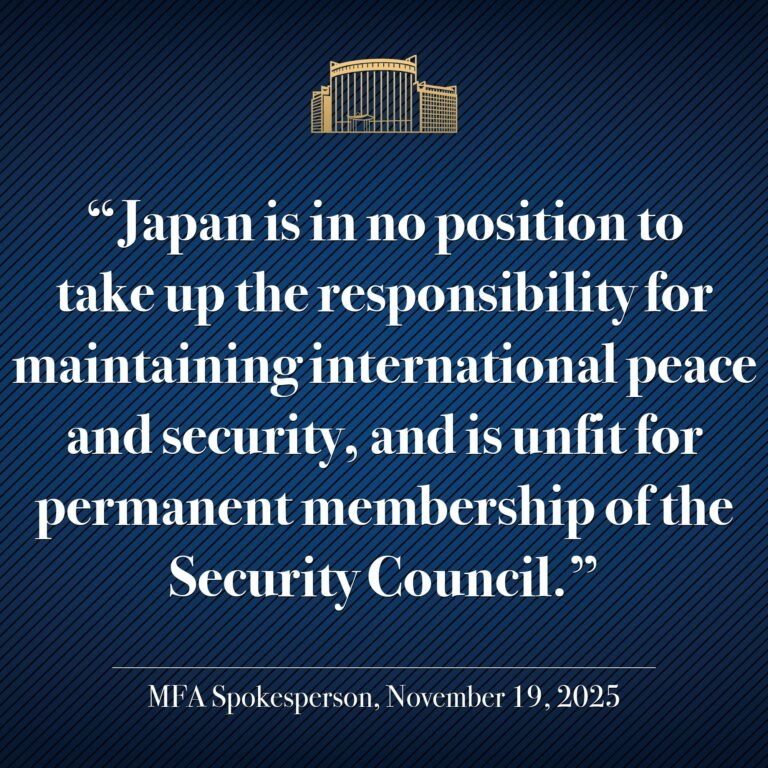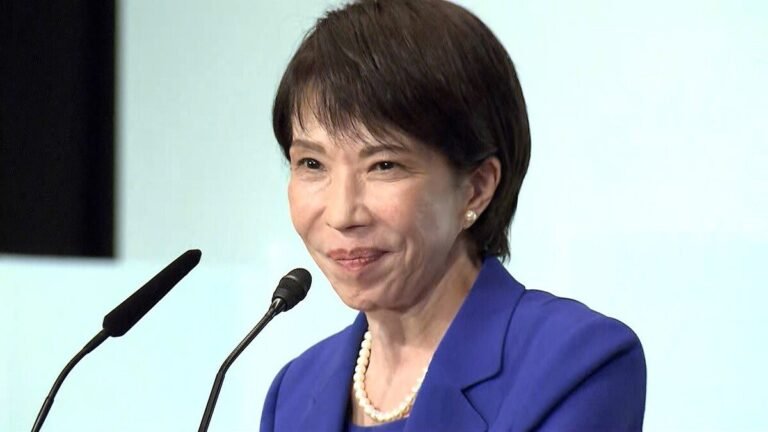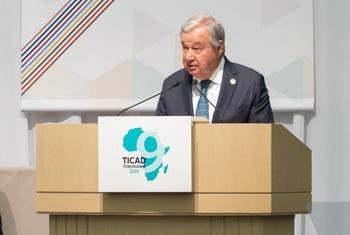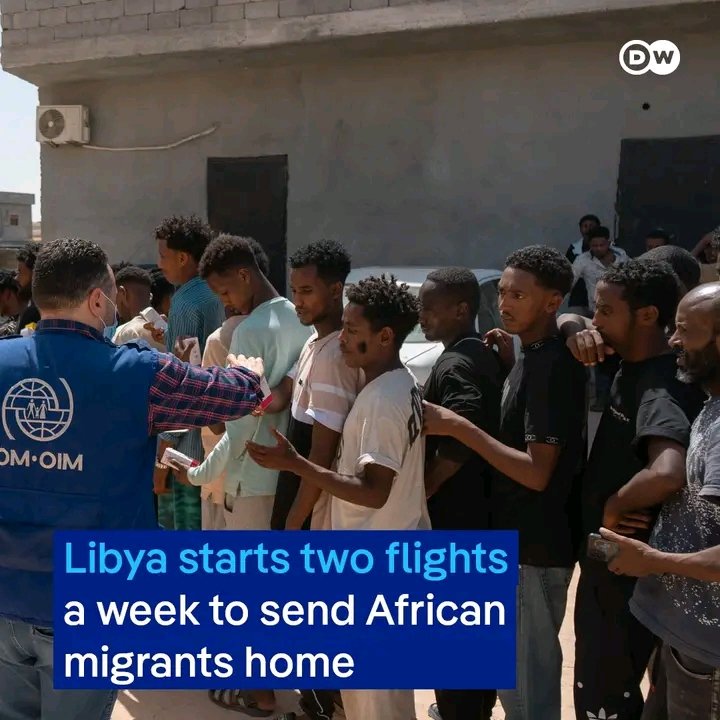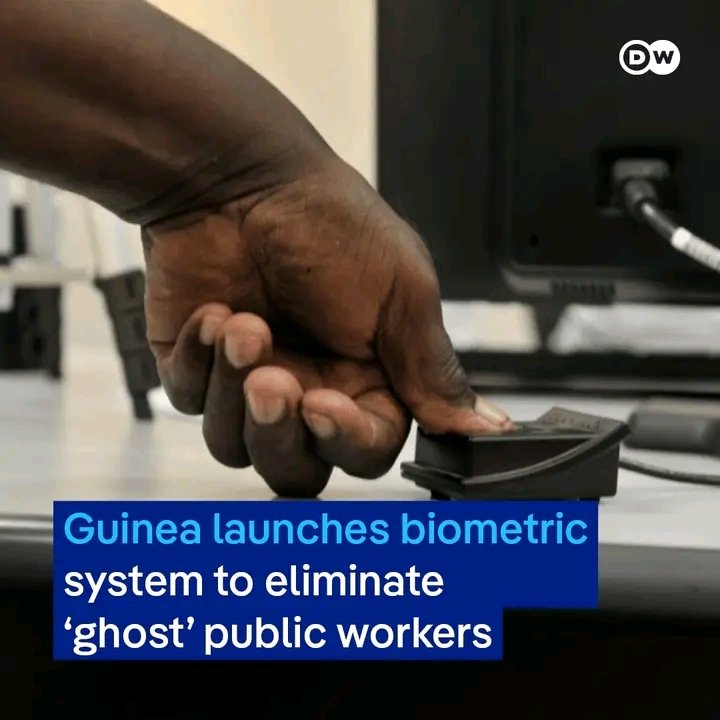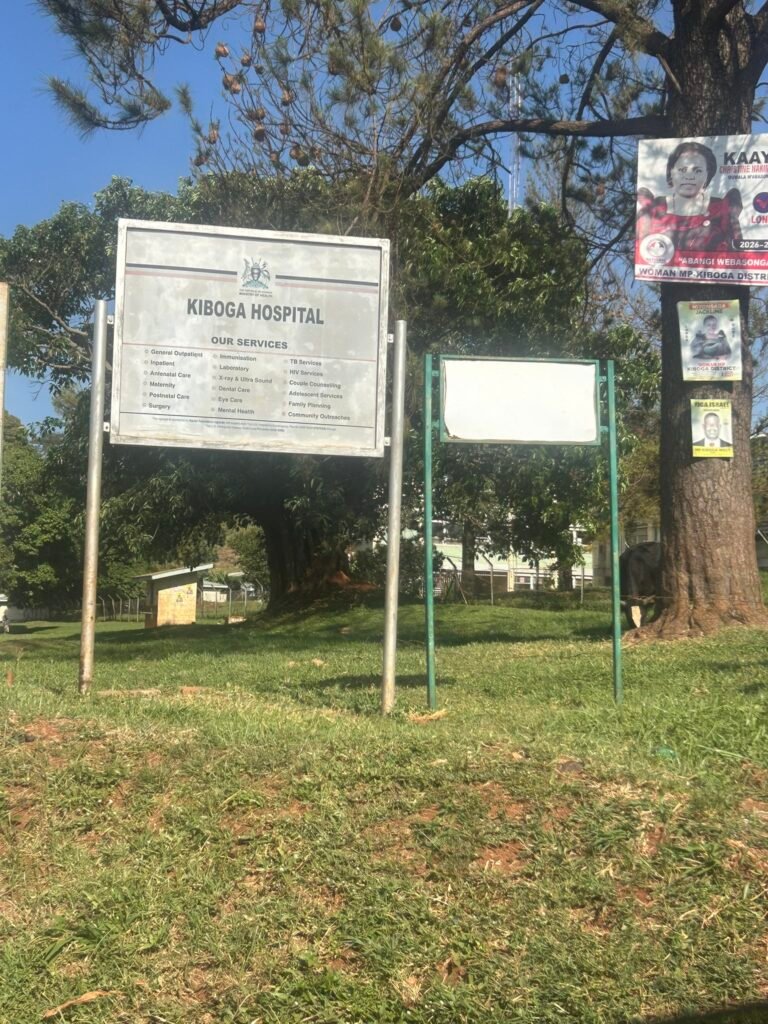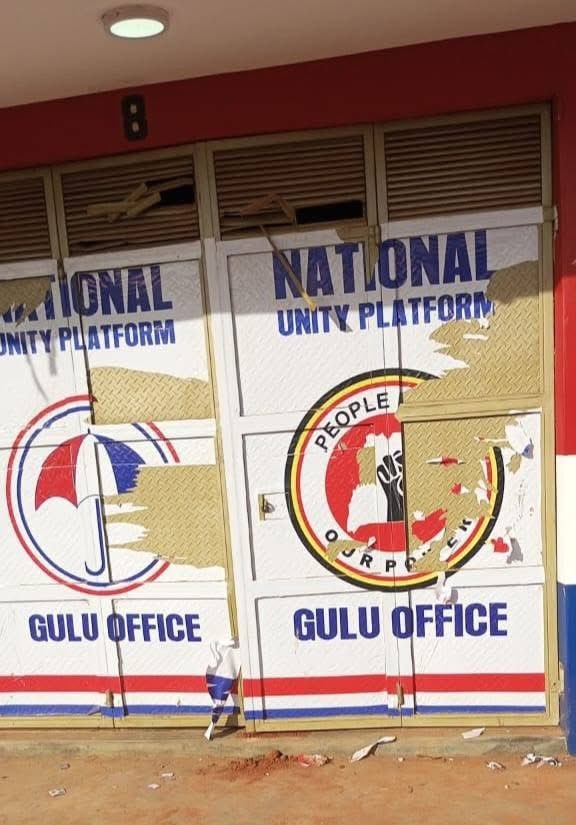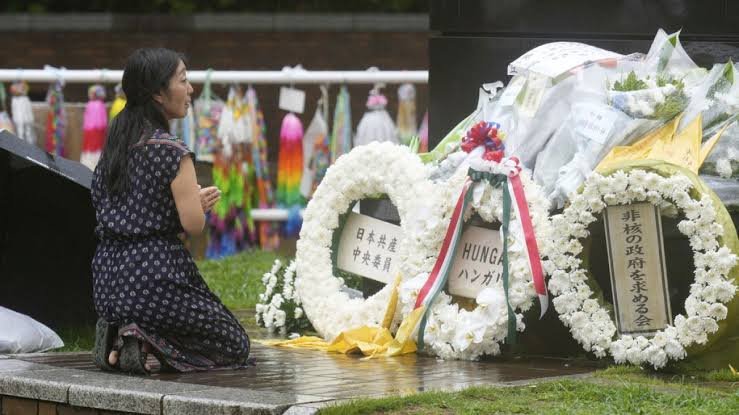
NAGASAKI, Japan—Under overcast skies, Nagasaki fell silent at 11:02 a.m. on August 9, 2025, as 3,000 attendees—including survivors, global dignitaries from 94 countries, and Prime Minister Shigeru Ishiba—observed the moment the U.S. “Fat Man” atomic bomb decimated the city 80 years ago. The ceremony, held at Nagasaki Peace Park, highlighted both poignant symbolism and urgent warnings about nuclear proliferation in a divided world .
Ceremony of Remembrance and Renewed Resolve
The commemoration featured powerful gestures of reconciliation:
- Twin Bells of Urakami Cathedral, destroyed in the 1945 blast, rang together for the first time since the bombing. A new bell, funded by U.S. Catholics and spearheaded by James Nolan (grandson of a Manhattan Project scientist), replaced one lost in the attack. “It shows the greatness of humanity,” said Chief Priest Kenichi Yamamura .
- Water Offerings honored victims who begged for water amid radiation burns. Survivors and youth participated in this ritual, emphasizing intergenerational solidarity .
- Doves Released after Mayor Shiro Suzuki’s “Peace Declaration” underscored Nagasaki’s plea: “To make Nagasaki the last atomic bombing site now and forever” .
Survivors’ Urgent Testimonies
Hiroshi Nishioka, 93, who was 1.8 km from the blast, described scenes of invisible terror: “Even the lucky ones gradually bled from their gums and lost their hair. One after another, they died.” With only 99,130 survivors remaining (average age 86), their push to document experiences has intensified . Organizations like the Nagasaki Atomic Bomb Survivors Council are digitizing testimonies for social media, ensuring stories outlive the witnesses. “There are younger people beginning to take action,” said Teruko Yokoyama, 83 .
Political Pledges and Contradictions
Prime Minister Ishiba reiterated Japan’s “Three Non-Nuclear Principles” (non-possession, non-production, non-introduction of nuclear weapons) and pledged to lead global disarmament efforts. However, he avoided mentioning the UN Treaty on the Prohibition of Nuclear Weapons (TPNW), which Japan rejects. The government maintains that U.S. nuclear deterrence is essential for national security—a stance survivors condemn .
- International Attendance Shift: Russia, Israel, and Belarus—excluded since 2022 due to conflicts—were invited this year. China notably declined without explanation .
Global Warnings and the Path Forward
Table: Human Toll of the 1945 Atomic Bombings
| City | Deaths by End of 1945 | Weapon Type | Long-Term Survivor Impacts |
|---|---|---|---|
| Hiroshima | ~140,000 | Uranium bomb | Leukemia, cancers, chronic diseases |
| Nagasaki | ~74,000 | Plutonium bomb | Radiation sickness, discrimination |
UN Secretary-General António Guterres, in a message delivered by Izumi Nakamitsu, warned of nuclear weapons’ “return to the center of national security strategies.” He urged reinforcing the Non-Proliferation Treaty (NPT) with TPNW momentum . Pope Leo XIV, marking the anniversary, called for replacing “false security based on mutual destruction” with justice and dialogue .
The Survivors’ Legacy
As aging hibakusha pass their mission to youth, figures like Fumi Takeshita, 83, implore new generations: “When you grow up, think what you can do to prevent war.” Schools across Nagasaki now host survivor talks, while peace forums connect youth with activists like 90-year-old Seiichiro Mise, who hands out “flowers of peace” seeds as symbols of hope .
Eighty years on, Nagasaki’s restored bells echo more than remembrance—they sound a warning. As Mayor Suzuki declared: “The existential crisis of humanity has become imminent.” In a world where conflicts rage and nuclear arsenals expand, the city’s message—forged in atomic fire—remains unyielding: “Never again.” .


